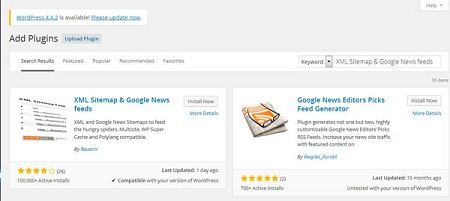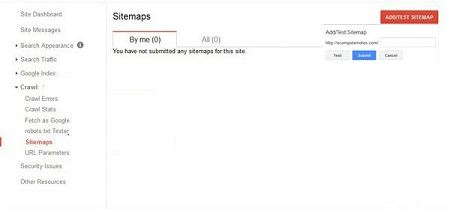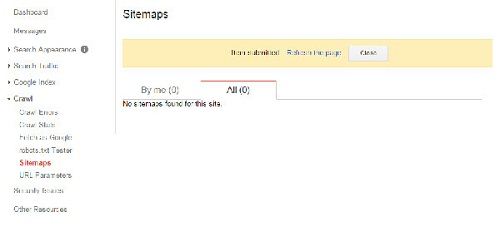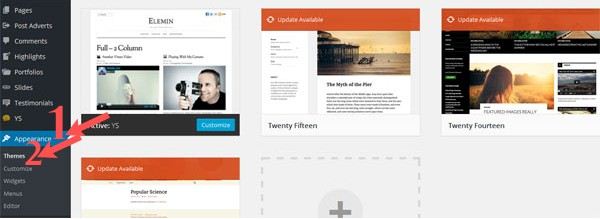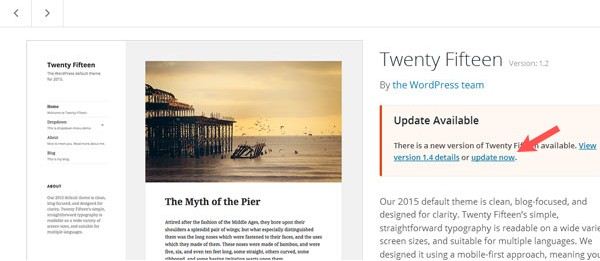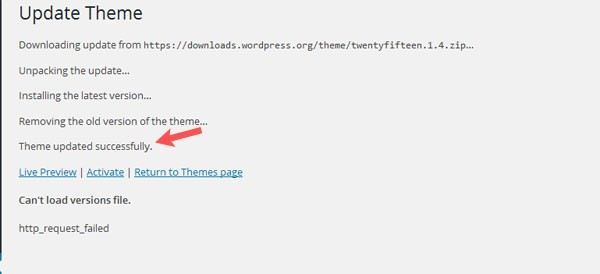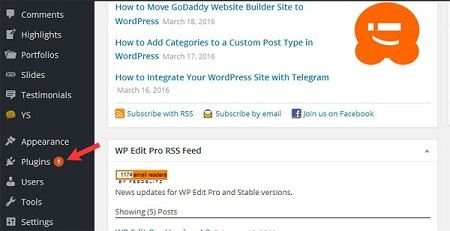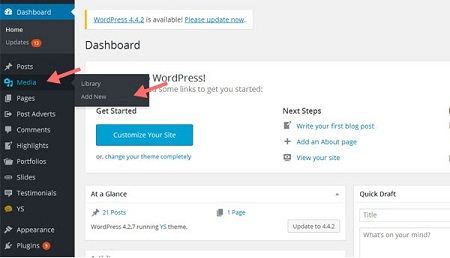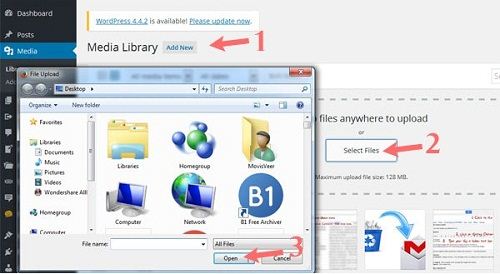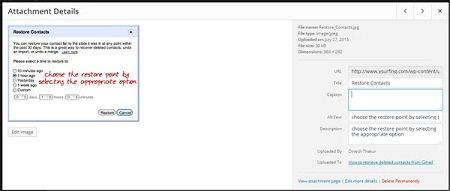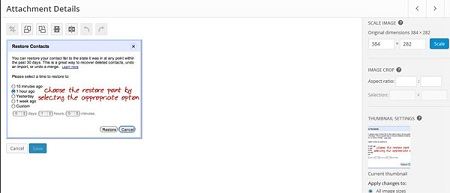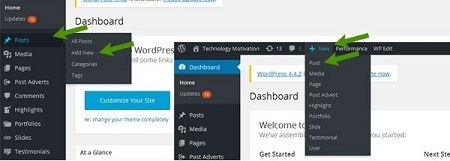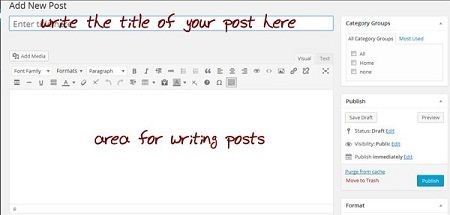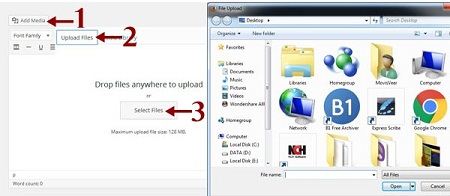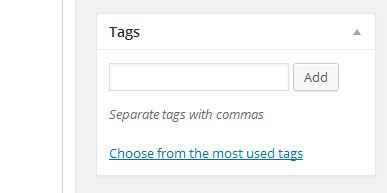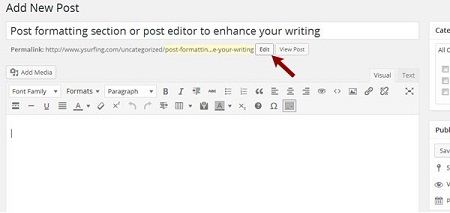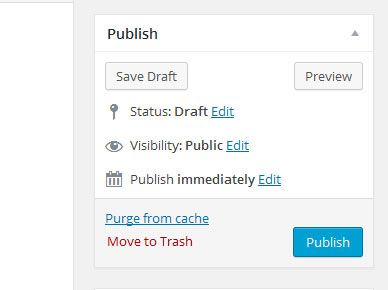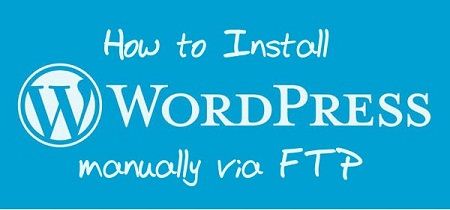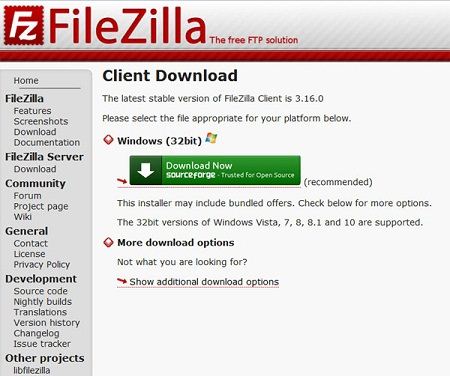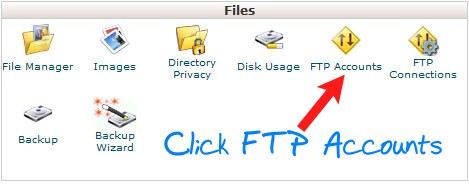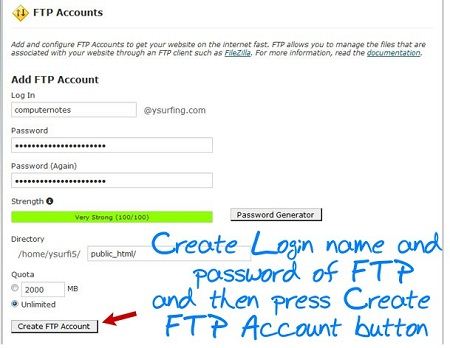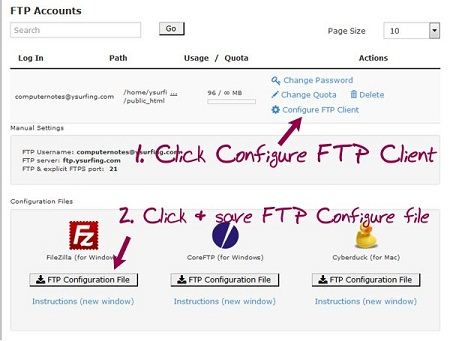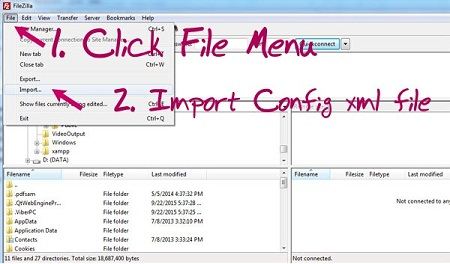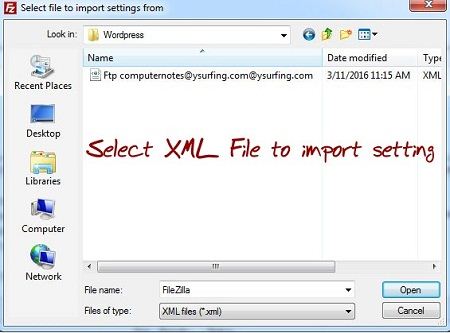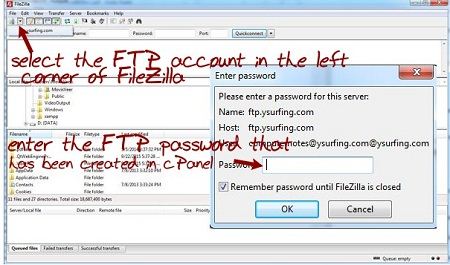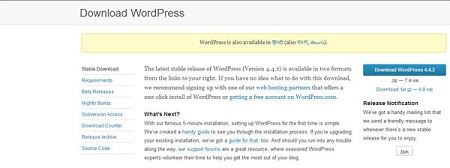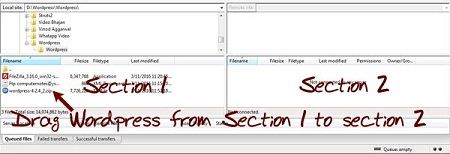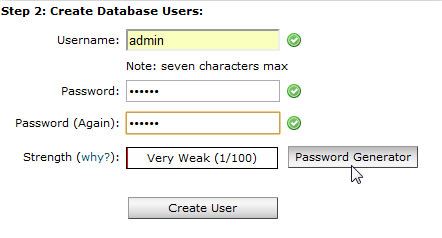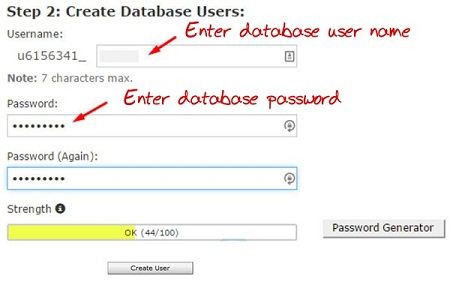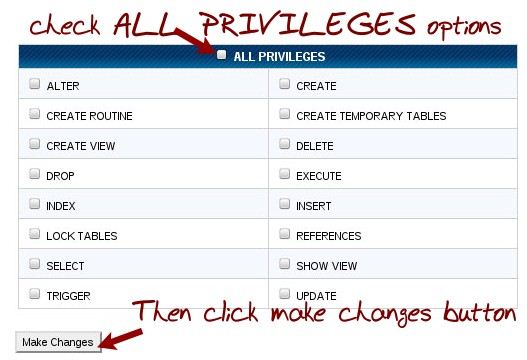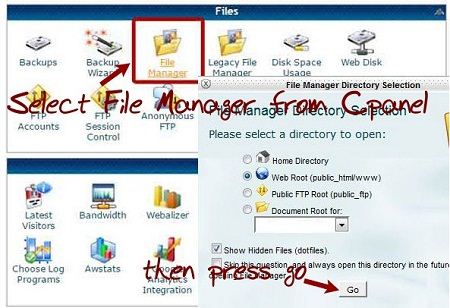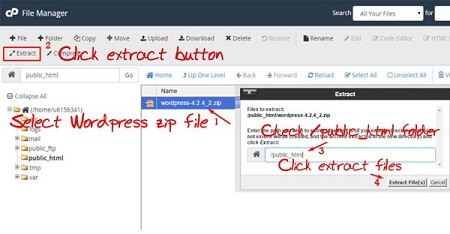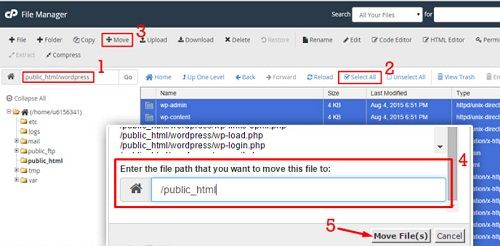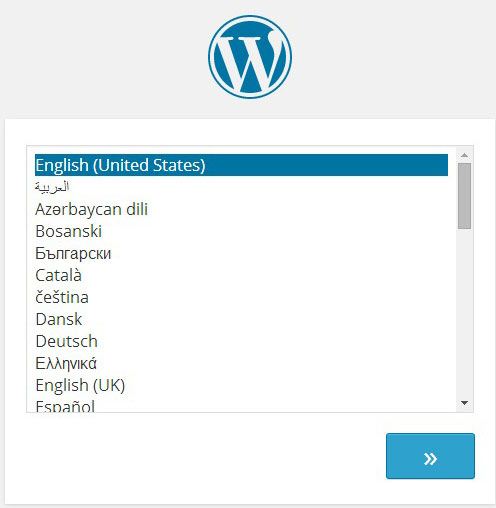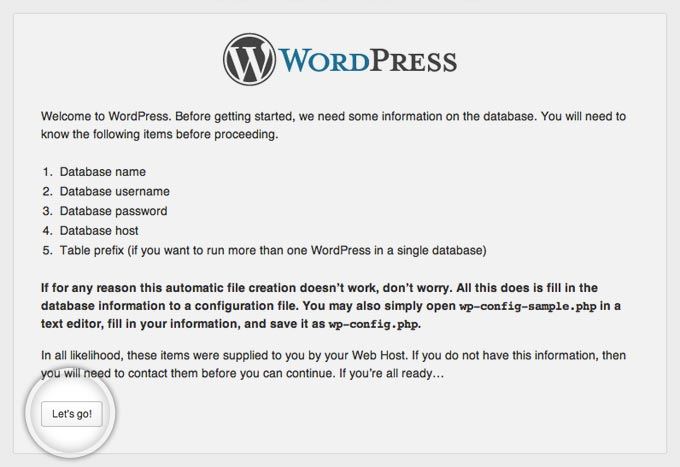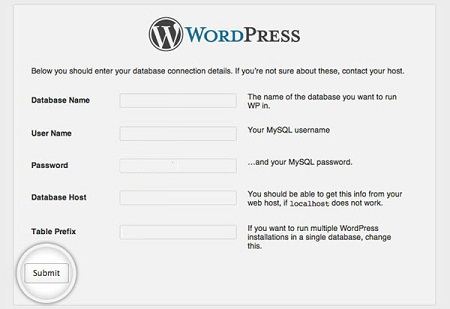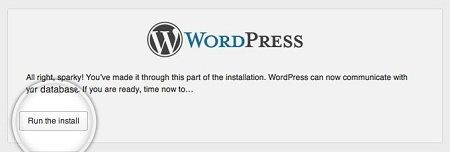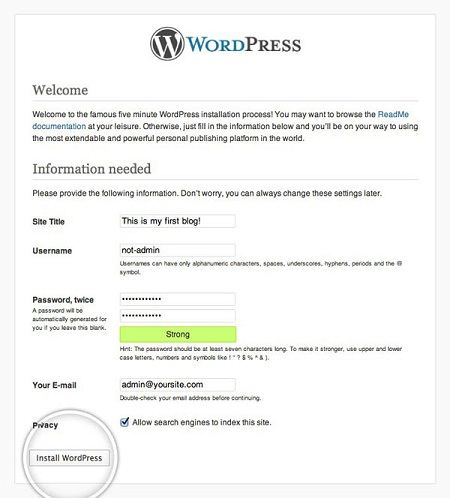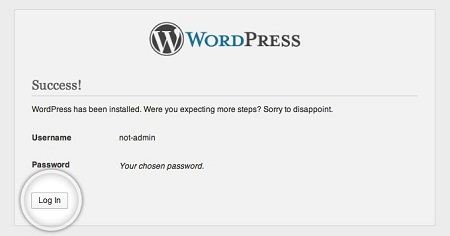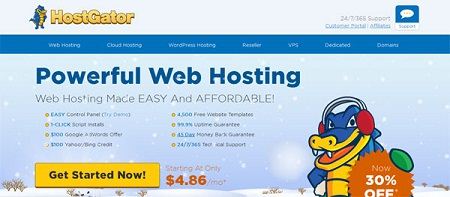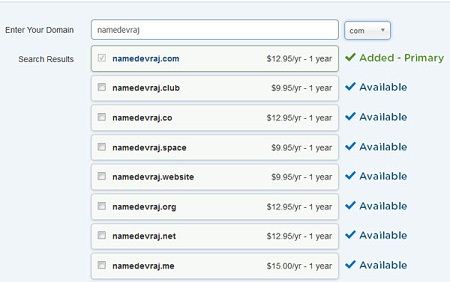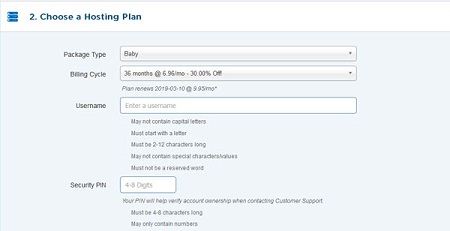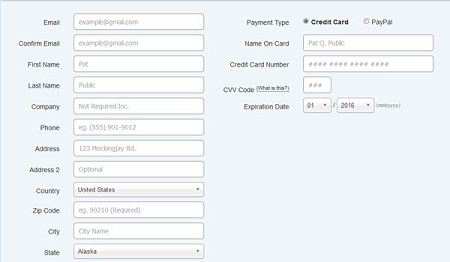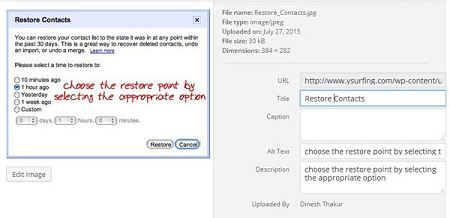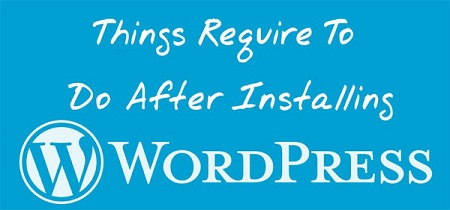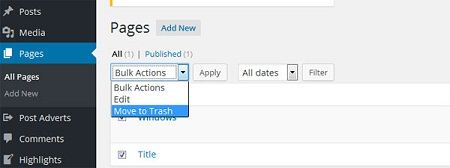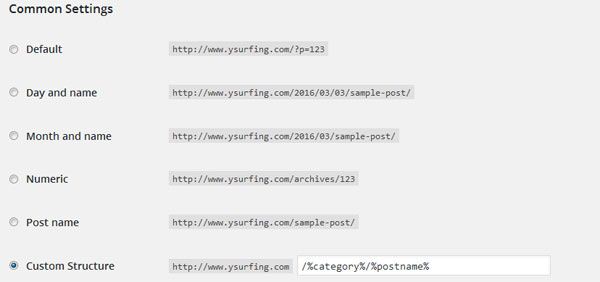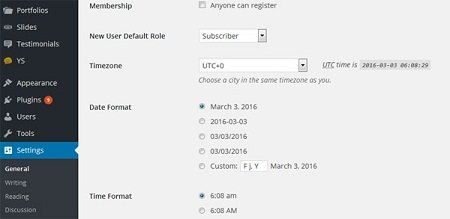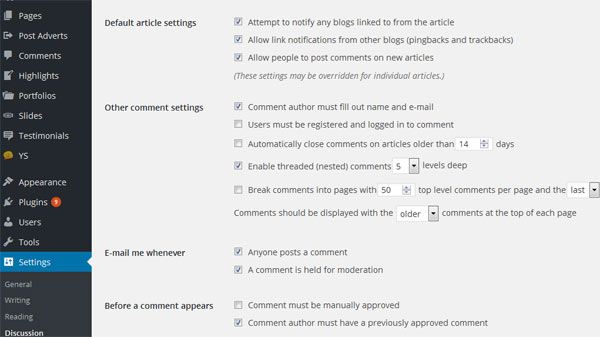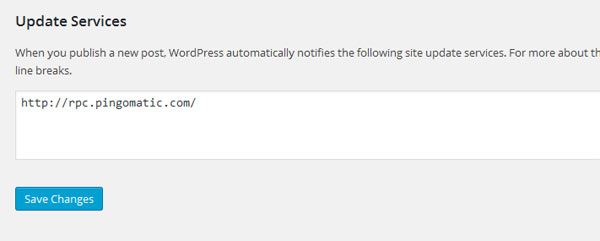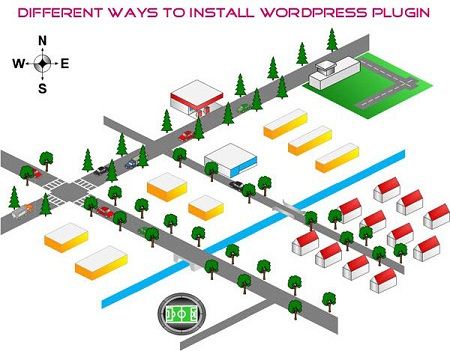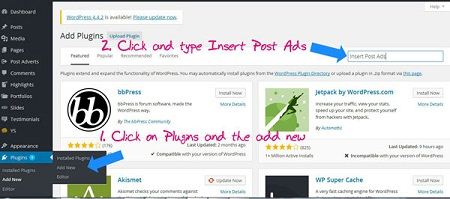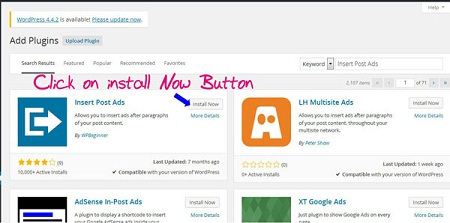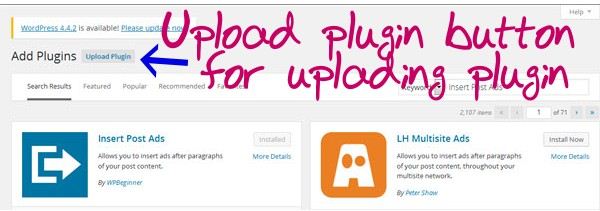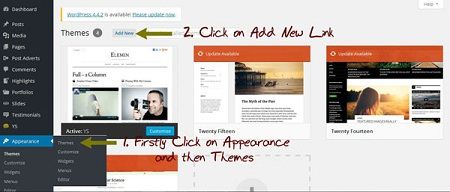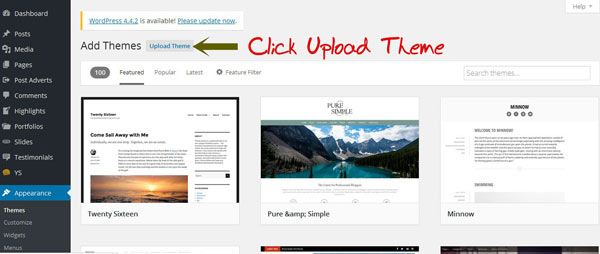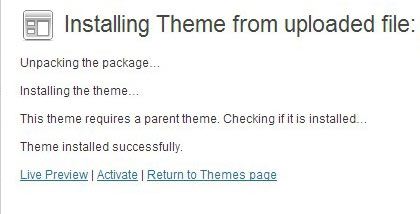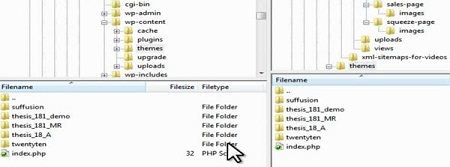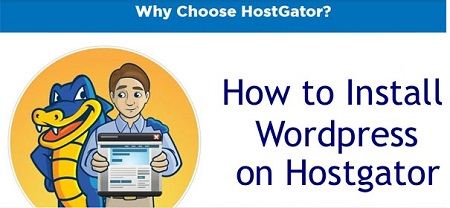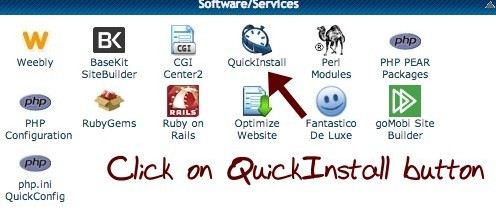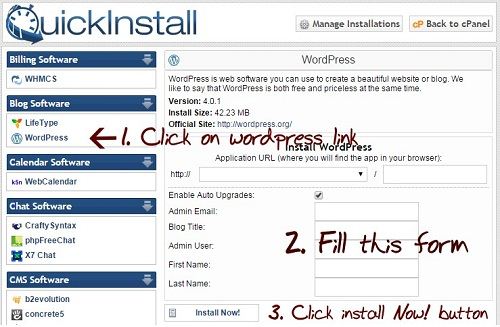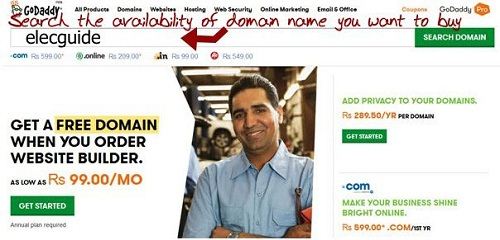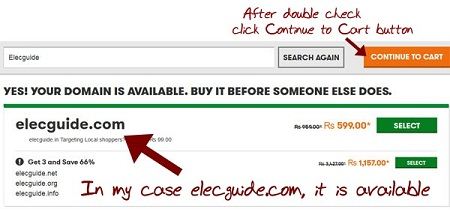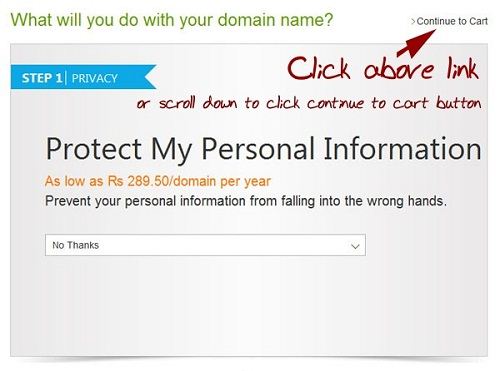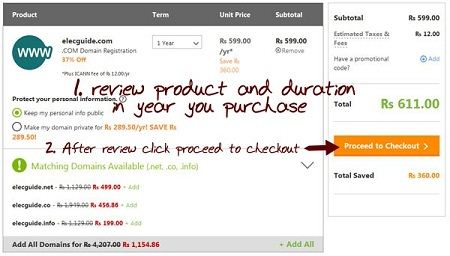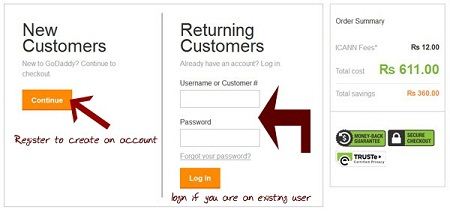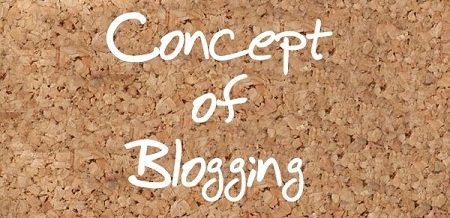
Blog is a word resulting from the simplification of the term weblog. We can define blog as an online diary. The person who runs the blog is called blogger. Blogs are websites which are regularly published various contents, such as text, images, music or video, both can be dedicated to a specific subject as being quite generally. A blog is a place where you can share things you find interesting and useful not only to you as others. They can be held by one or more persons and usually have room for comments from your readers. Blogger is the name given to those who publish a blog and the blogsphere is the set of blogs.
The BLOG has been used both by companies and by professionals as a way to rapidly disseminate their ideas in a simple and fast way. Basically, a blog is a set of long or short messages which are known as Post. These messages are sorted in descending order of posting date. Blog enabled millions of people to have a voice and connect with others around the world.
Starting your own blog doesn’t have expensive. In fact, more and more people are starting blogs every day. It seems that just about every business has a blog these days. One of the features of blogs is that in general they have a very similar appearance, i.e., the user is limited with respect to visual change. Another feature of blogs is the update frequency. Some are updated daily, others weekly, monthly, and in some cases, up to several times per day.
The popularization of this tool was such that even the companies began to use it as a communication tool. Most companies, even those who do not work directly on the Internet already has blogs to communicate with employees and customers.
Common and famous people, small, medium or large companies, all share the blogosphere, the blog world. In this space, some bloggers stand out and become famous, simply externalize his ideas to those who want to know them.
Many bloggers decide to use a blog to organize their thoughts, while some become influential with thousands of followers and loyal readers, because what they have to say to people is important and want to hear it and maybe even follow it.
WordPress is the easiest way to create a blog. Creating a blog on WordPress is Simply and easy. To build a blog, you need to buy domain name and webhosting. Once you setup your hosting account, you can install WordPress and begin creating your blog.
